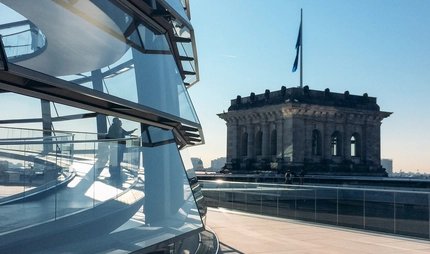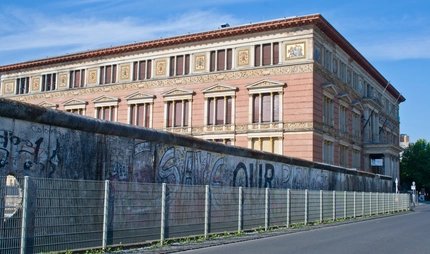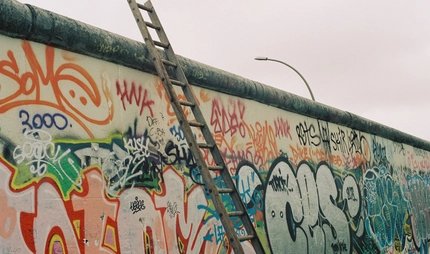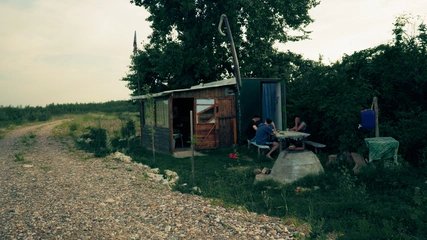
What does it mean to be on the run? What does it mean to have to leave behind what you know and love and set off for an unknown land? For as long as there have been people, there has been fleeing, the forced departure into new worlds. As a personal or collective experience - and always existential. Berlin is a city that has seen so many forms of flight over the centuries - and is currently experiencing them. Accordingly, there are historical sites in Berlin as well as a variety of offers to approach the topic of "flight" from different perspectives. And perhaps to realise that it is always about the same basic human emotional experiences.
Tip 1: Talk. About what has been lost and found
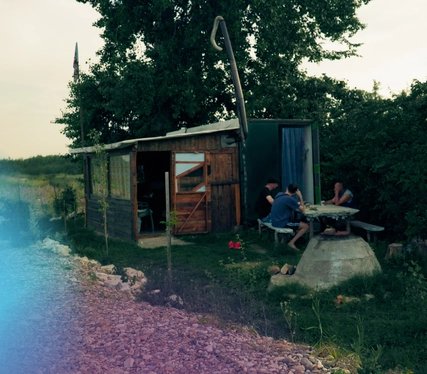
Perhaps it still rings a bell: the "Balkan wars" in the 1990s, which meant a deep break for thousands of people: They were forced to leave their homeland and make a new start in Germany - accompanied by loss, uncertainty and numerous hurdles.
At the event evening"Speaking. Talking about what was lost and what was found" will focus on precisely these people from Bosnia-Herzegovina: contemporary witnesses will give personal accounts of how they experienced arriving in Germany, the worries and hopes that accompanied them and how it later felt to return to their old homeland for the first time in years.
The starting point of the evening is the contemporary witness project "From Bosnia to Berlin". The documentary film Distilled will be shown, in which Asmir visits his hometown in Bosnia-Herzegovina after almost three decades.
Storytelling cafés invite you to listen to the memories of the refugees - and at the same time talk about your own memories and thoughts about the 1990s.
When: Tuesday, 25 November 2025, 6 - 8 pm
Where: Documentation Centre Flight, Expulsion, Reconciliation, Stresemannstraße 90, Kreuzberg
Tip 2: Approach the topic in a playful way - in the Berlin Underworlds
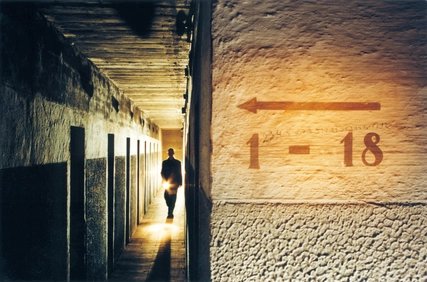
Berlin at the time of divided Germany: A friend of yours, the art dealer Kath, wants to attempt an escape from East Berlin to the West through an underground tunnel that still needs to be found using coded clues. However, the Stasi has also received clues about the escape tunnel and is also searching for it at full speed. At great personal risk, you decide to support your friend Kath and a race against time begins...
Sign up for this digital scavenger hunt Escape & Espionage in the Berlin Underworlds and immerse yourself in a dramatic escape project together. The experience is suitable for all pupils in years 8-13 . It is rounded off with a guided tour of Tunnel 57, the last authentic escape tunnel in the Berlin Underworlds, where you will also learn a lot about the dangers of escaping the Wall! What you need to bring: your charged smartphone.
When: Wednesdays 4 pm and 4.30 pm, the puzzle tour lasts about 2 hours, the tunnel tour 1 hour
Where: Meeting point and start in Weinbergpark at the "Mother and Child" statue on Rosenthaler Platz, Mitte
Tip 3: Visit the memorial site for Günter Litfin
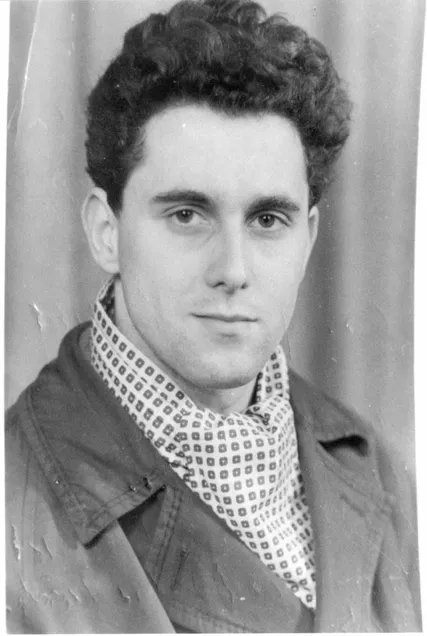
Günter Litfin was 24 years old and grew up in East Berlin. He worked happily in West Berlin until 1961 - when the border suddenly closed on 13 August 1961 and the Wall was erected. Suddenly being cut off from his job seriously frustrates Günter, and his anger at the political system of the GDR has been growing for some time. And so, on 24 August, he decides to jump into the water of the Spree at "Kieler Eck" to swim through Humboldthafen to the western bank. The GDR's deadly border control system was immediately activated : after a few warning shots, to which the swimming Günter could barely visibly react, East Berlin police fired at the young fugitive and fatally wounded him.
Günter has a younger brother, Jürgen, who - deeply shaken - will never forget his brother's escape attempt and his senseless death. in 2003, he finally succeeded in turning the watchtower on Kieler Straße into a memorial site, with photos, documents and the interesting press reports of the time in the local and western press. When you stand up here in the watchtower, you can feel both the fate of the fugitives and the perspective of the border police who had orders to shoot from here.
When: Unfortunately, you cannot enter the tower in winter, but it will be open again from May, Sat + Sun, 11 am - 5 pm
Where: Günter Litfin Memorial, Kieler Straße 2, Mitte
Tip 4: Get to know even more personal stories
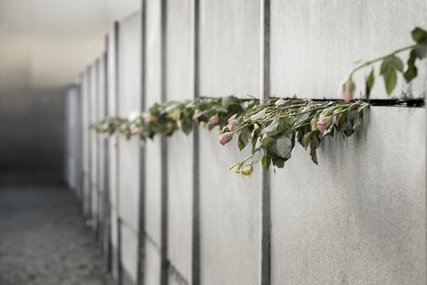
Günter Litfin was one of many people who lost their lives in a violent escape. If you are ready to meet more individual fates, then book one of the three-hour seminars offered at the Berlin Wall Memorial - directly at the authentic site on Bernauer Strasse. A dramatic and intense search for clues that is only recommended for participants aged 16 and over: First, you will go outside with cameras and document the respective places of death of the various people who died here while fleeing. You will then work on the individual biographies based on sources. In this way, you really get to know the victims - there is probably no more intense way to "get closer" to them. You are also invited to take part in a memorial service in the Chapel of Reconciliation before the seminar begins.
When: please send a booking enquiry with your preferred date
Where: Berlin Wall Memorial, Bernauer Straße 111, Mitte
Tip 5: Feel flight and uprootedness in a former Berlin emergency reception centre
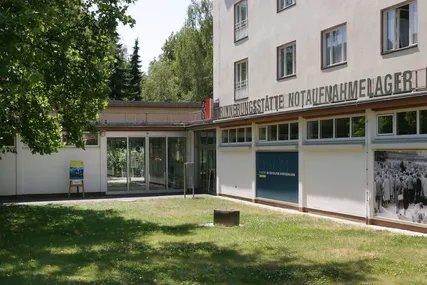
Can you imagine that at the time of the division of Germany and the Cold War, around 4 million people came to West Berlin? Some embarked on a life-threatening escape, others simply stayed "over there" on an authorised visit, others persistently applied to leave the country for years and were finally able to move - after much hardship and harassment. How did the German government on the western side manage the situation, how was it able to support, care for, document and distribute?
In Berlin, the Marienfelde emergency reception centre is an exciting place that actually housed and cared for 1.35 million refugees and resettlers from Eastern Europe and East Berlin to West Berlin . But Marienfelde only offered limited real security: the GDR's State Security fought against the emergency reception centre as an "enemy object" and successfully smuggled in unofficial collaborators (IM).
At the authentic site of the events, you can experience the great significance of this facility for so many refugees, feel the atmosphere of the time using the original furniture, photos and documentation and recognise the strong connection to the present: the memorial site is located in the immediate vicinity of a current temporary home for refugees. Around 700 people from more than ten countries who have left their homeland due to violence, persecution, war and poverty currently live here.
When: Tue to Fri 9 am - 5 pm, Sat + Sun 11.30 am - 5 pm
Where: Marienfelde Refugee Centre, Marienfelder Allee 66/80, Tempelhof-Schöneberg
Tip 6: Attend a workshop with your children
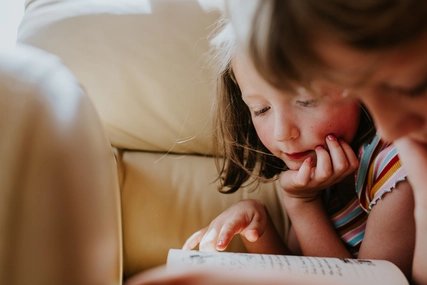
Stay in the Marienfelde emergency reception camp: among the millions of people who found initial accommodation there were numerous children- just like today in the neighbouring temporary accommodation centre for refugees. How did they experience being on the run? How did they accept their parents' decision to leave the familiar, what did camp life mean to them? The refugee families and their children who live on the site today experience the same situation.
In the workshop Mit Dabei - Kinder auf der Flucht , your children will develop sensitivity for others and learn to understand their insecurities and problems. In addition to insights into the personal stories of refugees, they will be given small playful tasks and realise how important things such as affection, security and trust are in moments of uncertainty. The 2.5-hour workshop is aimed at children aged between 8 and 12.
When: please send a booking enquiry with your preferred date
Where: Marienfelde Refugee Centre, Marienfelder Allee 66/80, Tempelhof-Schöneberg
Tip 7: Dive into exciting eyewitness accounts with just a few clicks

When you enter the library on the first floor of the Flight Documentation Centre, you will be pleasantly surprised: with carpets and comfy sofas and armchairs, there is a bit of a living room atmosphere here that invites you to slow down and relax. Take a seat at the long side tables in front of the screens and, with just a few clicks, immerse yourself in the exciting and moving world of authentic escape reports and eyewitness interviews. Here, people and their stories take centre stage, you also get exciting impressions of family histories and oral storytelling traditions and are inspired to do your own research and go in search of clues. And the special library on the subject of "Flight" really does answer all the questions that are on your mind.
When: Tuesday to Friday 10 am - 6 pm
Where: Library & Eyewitness Archive, Documentation Centre Flight, Expulsion, Reconciliation, Stresemannstraße 90, Kreuzberg
Tip 8: Get to know someone really brave - Otto Weidt
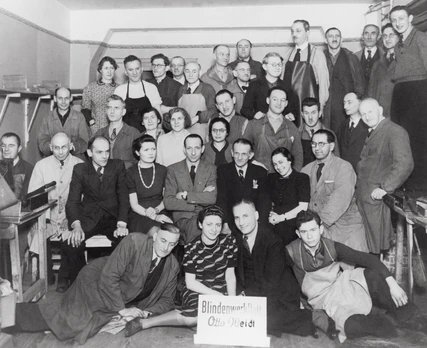
If we go back through Berlin's history, we come across Otto Weidt:
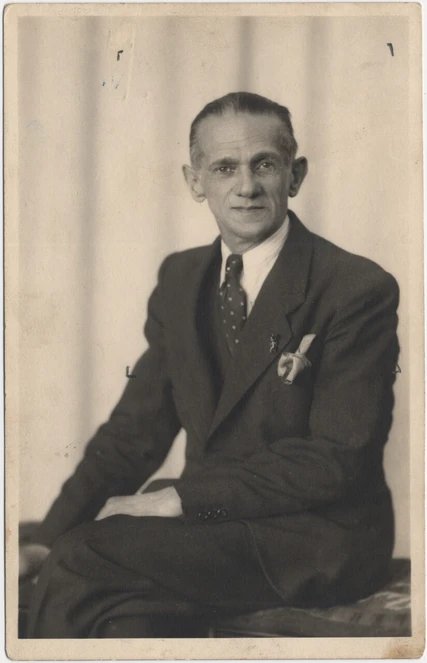
Berlin at the time of National Socialism, thousands of Jews seeking refuge from persecution. In Rosenthaler Straße, the small factory owner Weidt has a workshop where brooms and brushes are made, including for the Wehrmacht. Weidt, who was blind himself, employed blind and deaf Jews - and did everything he could to protect them from persecution and deportation. He hid people, issued false passports and bribed the Gestapo. Often with success, for which the desperate people later gave him touching tokens of gratitude. You can see the workshop, the hiding places, photos, poems and lots of information about this unusual personality at the Museum Blindenwerkstatt Otto Weidt in Mitte.
When: Mon to Fri 9am - 6pm, Sat + Sun 10am - 6pm
Where: Museum Blindenwerkstatt Otto Weidt, Rosenthaler Straße 39, first courtyard, left staircase, Mitte
Tip 9: Get to know the first refugees who came to Berlin: the Huguenots

The French Cathedral on the beautiful Gendarmenmarkt in the heart of Berlin holds a secret: here you can gain an in-depth insight into the fates of the first refugees who came to Berlin, for example before visiting the neighbouring Konzerthaus: The Huguenot Museum on the upper floors of the cathedral (with a barrier-free lift) introduces you to the world of the French Huguenots, who were forced to leave France as Protestants during the religious wars in the 17th century and found refuge in Berlin. The immigrants, most of whom were destitute but mainly skilled craftsmen and tradesmen, were integrated and made a significant contribution to Berlin's economic upturn. The French Cathedral has been the church of Berlin's Huguenot community since 1672.
When: Tuesday to Sunday from 11:30 am - 4:30 pm
Where: French Cathedral, Gendarmenmarkt 5, Mitte
Tip 10: See the exhibition "Flight. Photographs from Moldova, Armenia and Georgia"
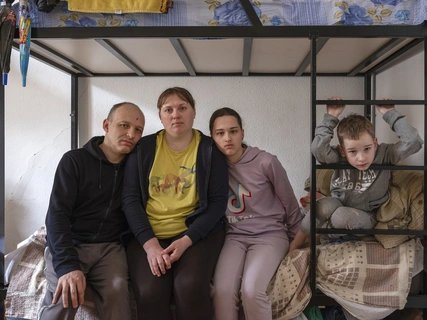
Our last tip for you: Marvel at an extraordinary photo project. Over the past three years, award-winning photo artist Frank Gaudlitz has travelled through Moldova , Armenia and Georgia, where he met people who have fled Ukraine and whose existence has been severely affected by the Russian war of aggression and its consequences. Take a look at some forty touching portraits of contemporary refugees, uprooted and on their way into the unknown. Interviews and quotes accompany their personal stories.
When you look at Gaudlitz's photos, the faces of the people and their belongings, or what is left of them, you might think that fleeing is always a similar human experience throughout the ages. In the beginning the decision to leave, then the loss, possibly risk, danger and despair, the attempt to move forward as quickly as possible and the hope - ultimately for a new sense of security and human help.
When: 19 September 2025 to 1 March 2926, Wed - Fri 10 am - 5 pm, Sat + Sun 11 am - 6 pm
Where: Museum of European Cultures, Arnimallee 25, Dahlem
Tip 11: Let your children draw feelings: Possession and loss, alienation
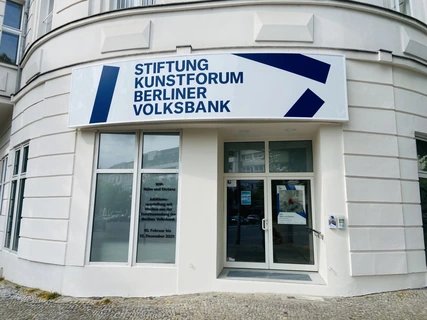
"From the detail to the whole": This is the name of the workshop for children & young people that creatively puts feelings such as loss, alienation and also new beginnings on paper. The young artists embark on a creative search for clues at the Kunstforum Berliner Volksbank - with pen, ink and open eyes for the inconspicuous and invisible that is inherent to human borderline situations. Specifically, a small section of a painting from the current exhibition"Paradise" will be selected and precisely traced. This "fragment" of a work of art now serves as the starting point for a composition of her own, a reinterpretation of the existing work of art. "From Detail to Whole" is aimed at groups of children and young people up to the age of 18 and is a good suggestion for a creative day for school classes.
When: Please send a booking enquiry
Where: Workshop for creative minds at the Kunstforum Berliner Volksbank Foundation Kaiserdamm 105, Charlottenburg

